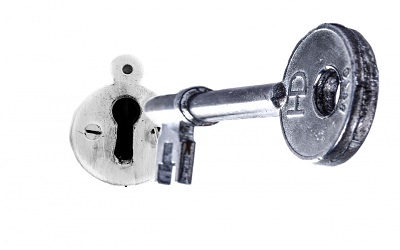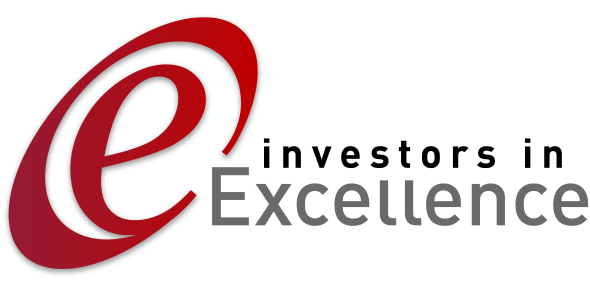 Performance Improvement is a term that covers the process for analysing performance problems and setting up systems to ensure good performance. It is applied most effectively to groups of people within the same organisation or performing similar jobs. The principles are relevant to workers in any field, whether that of manufacturing or service industries.
Performance Improvement is a term that covers the process for analysing performance problems and setting up systems to ensure good performance. It is applied most effectively to groups of people within the same organisation or performing similar jobs. The principles are relevant to workers in any field, whether that of manufacturing or service industries.
Performance refers to the way people do their jobs and the results of their work. Organisations seeking to solve a performance problem frequently implement a specific intervention, such as training or coaching, without fully understanding the nature of the problem or What Matters Most. This makes it difficult to determine whether or not the chosen intervention is likely to succeed.
As Maslow once said, “To the person who only has a hammer in the toolkit, every problem looks like a nail.” In fact, there are a number of methods for improving the performance of organisations, teams and individuals. Performance Improvement uses a systematic methodology to find the root causes of a performance problem, and then implement a solution that applies to that specific performance issue.
Too often, a chosen solution has failed to build the capacity of an organisation to sustain continuous improvement, or even to improve performance at all. Effective Performance Improvement helps to ensure that selected solutions are supported and sustained by engaging a stakeholder group from the outset, and ensuring that an organisation’s people participate actively in every step of the process.
Certain factors need to be in place for people to be able to perform well in their roles
- Clear job expectations
- Clear and immediate performance feedback
- Adequate physical environment, including proper tools, supplies and workspace
- Motivation and incentives to perform as expected
- Skills and knowledge required for the job.
Successful organisations support their people by introducing and sustaining these performance factors. This support can be provided by a leader, supervisor, or other external source; for example, feedback can come from clients and customers, and incentives from a peer group. It is the responsibility of the organisation to make sure that a system is in place to deliver them.
For the most effective performance improvement, a facilitator considers the entire human performance system by looking at the desired people performance, and the organisations they work for. This approach allows the most appropriate solution methodology to be selected once the problem is clear. Our IiE practitioners have specialist expertise in a range of Tools and Approaches to assist your organisation to unlock the potential that can take your organisation to the next level of performance.
